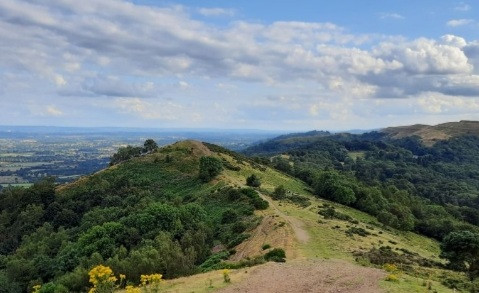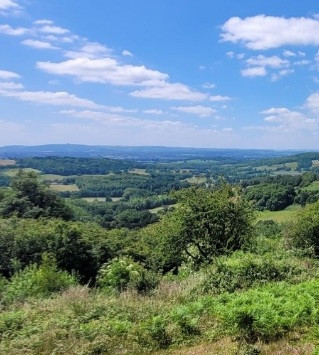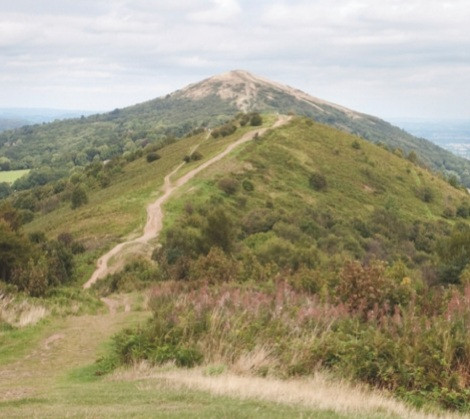Opis
The Malvern Hills are a popular walking area. Good for varied wildlife including marsh orchids, adders, harvest mice, foxes, badgers, polecats. Best birding areas are Midsummer hill for owls, krogulec, kowalik, świstunka leśna, muchołówka żałobna and pleszka. Castlemorton Common for kląskawka, makolągwa, świergotek drzewny, świerszczak, trznadel, świergotek łąkowy, possibly turkawka. Chase End Hill for wintering grubodziób, jer, śnieguła, czeczotka brazowa and czyż. North Hill for migrant drozd obrożny and białorzytka. British Camp reservoir and Hollybush Quarry for migrant rybołów. Two wronczyk visited the area in July 2019.
Szczegóły
Dostęp
From South Wales leave M50 at junction 2. Go south on Gloucester road then immediately left to Castlemorton. From Birmingham exit M5 at J7 then A44/A449 westward. Car parks are numerous throughout the area. There are train stations at Colwall, Great Malvern and Malvern Link. Click on a P in the map to get directions to that parking.
Teren i siedlisko
Las , Góry , Kanion/klif , Jezioro , Rzadkie drzewa i krzewy , Łąka , Płaskowyż , Dolina , WrzosowiskoWarunki
Pagórkowaty , Skalisty , Suchy , Otwarty krajobrazTrasa dookoła
TakCzy luneta będzie przydatna ?
Może być przydatnaUdany sezon obserwacyjny
Przez cały rokNajlepszy czas na wizytę
Wiosna , Jesienne migracjeTrasa
Droga utwardzona , Szeroka ścieżka , Wąski szlak , Droga nieutwardzonaPoziom trudności szlaku pieszego
ForsownyDostępne
Pieszo , Rower , Samochód , Wózek inwalidzkiCzatownia/platforma obserwacyjna
NieDodatkowe informacje
Malvern developed in Victorian times as a health resort and spa town, when visitors included Charles Darwin.




